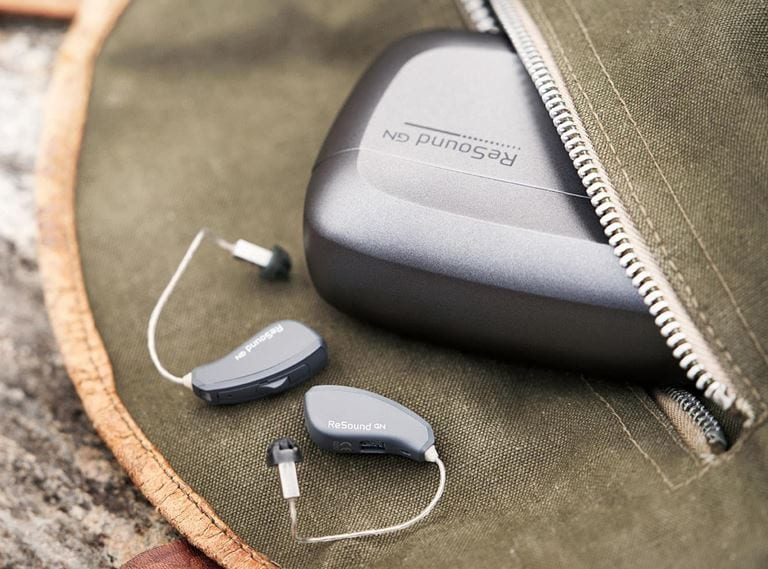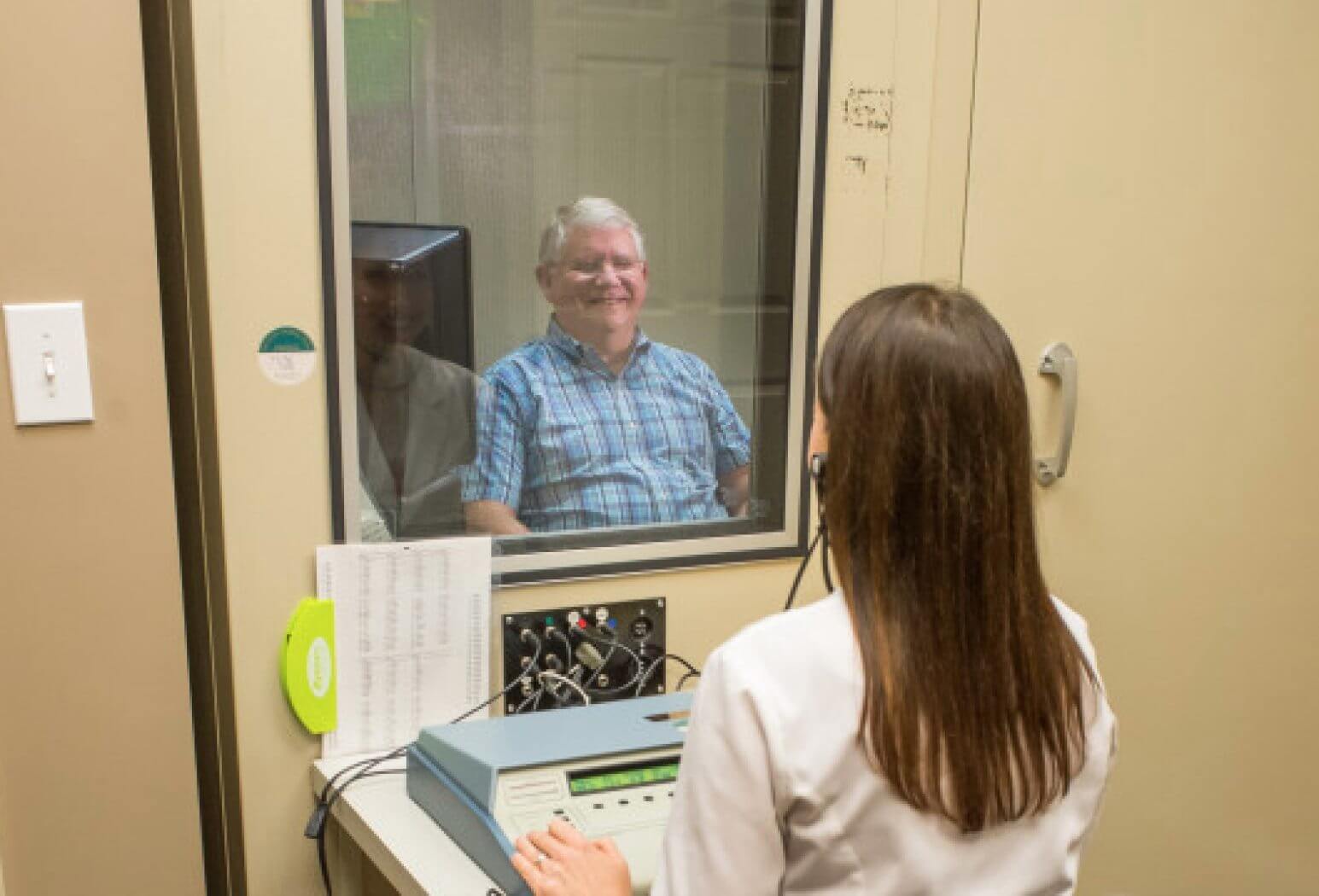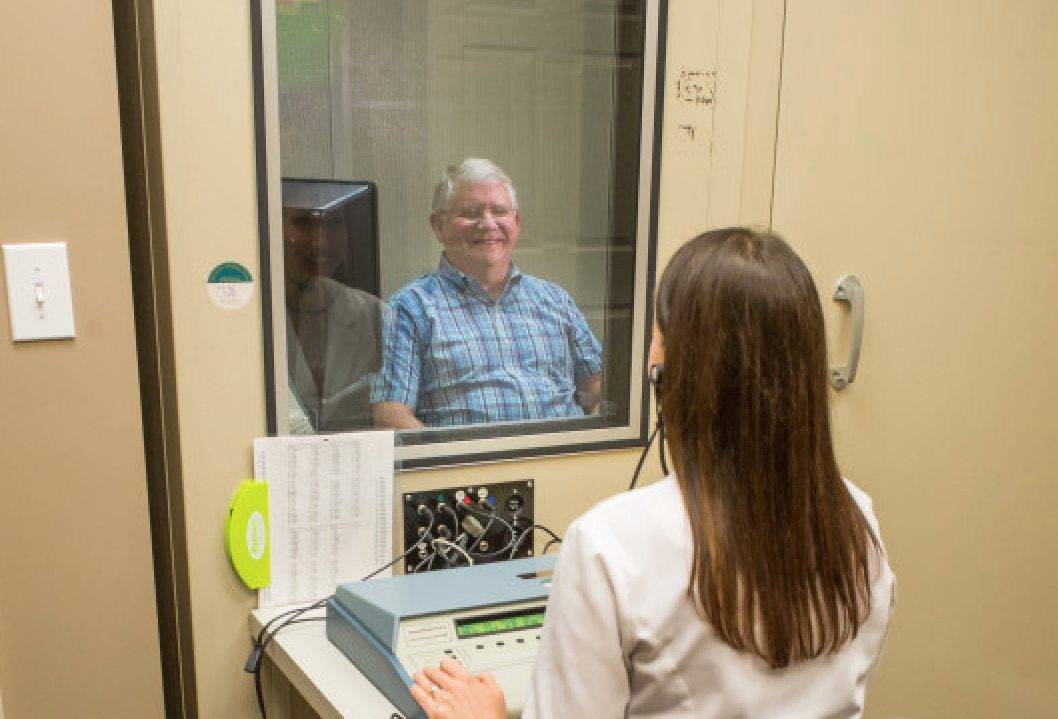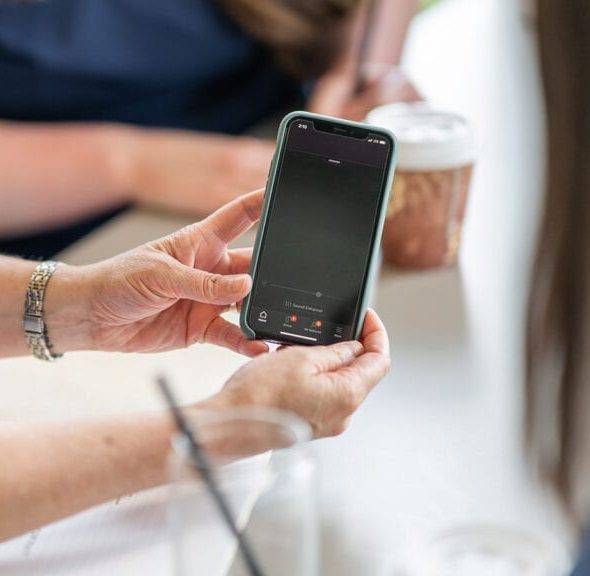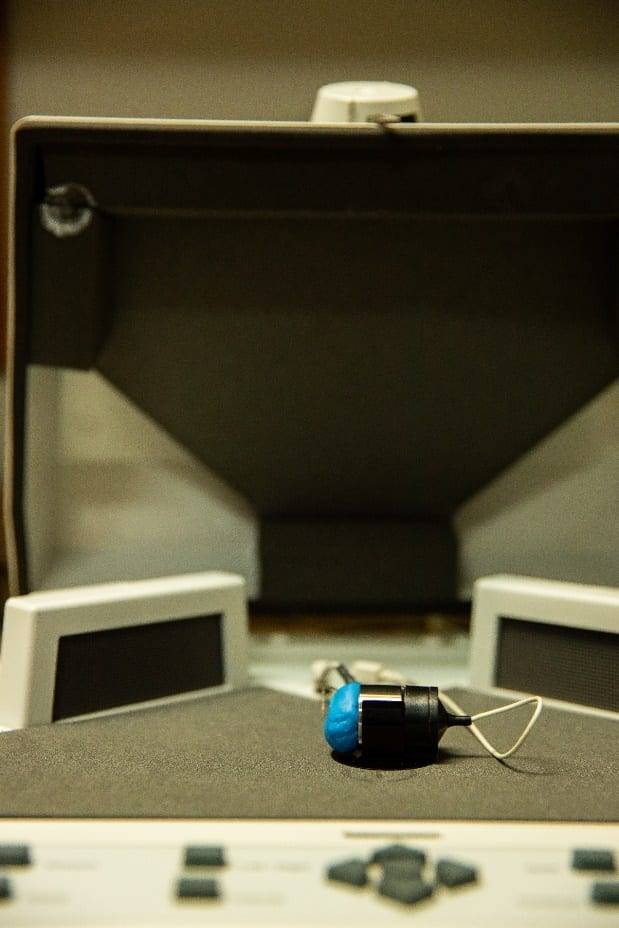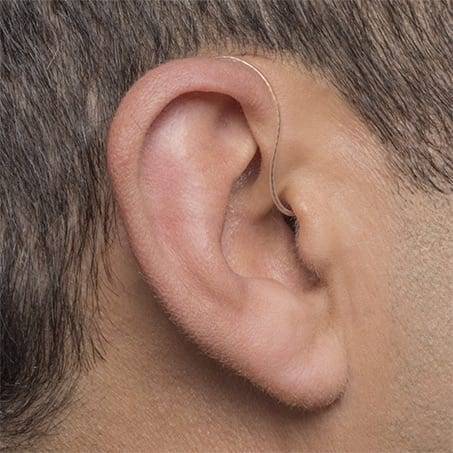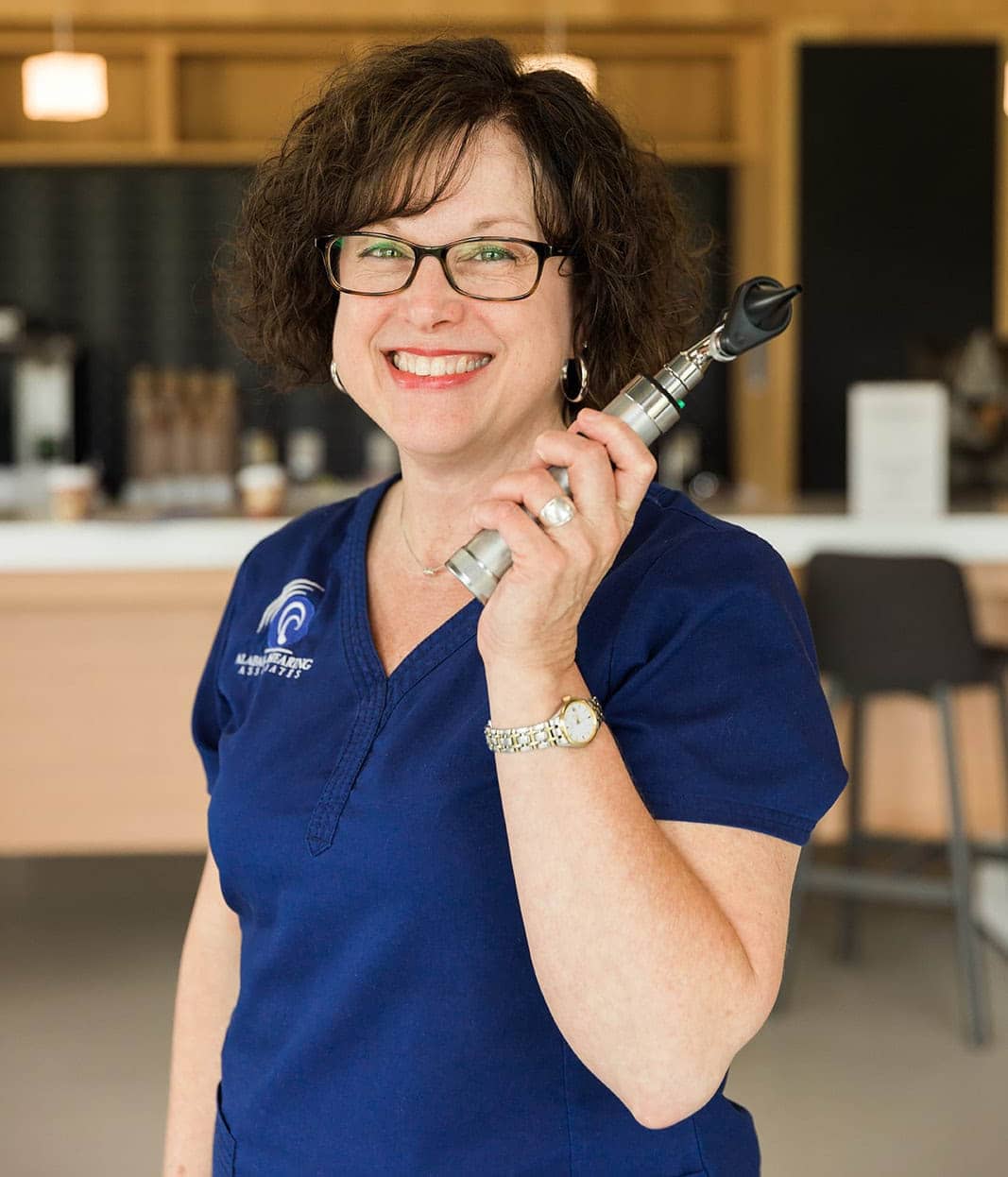November is National Diabetes Month, because of this, I wanted to highlight the relationship between diabetes and ear health (hearing and balance).
While hearing loss can happen for many reasons, having diabetes and pre-diabetes puts you at a significantly higher risk for hearing loss and balance issues.
The Connection Between Diabetes And Ear Health
Diabetes can lead to nerve damage throughout your body, not only your hands and feet but also your ears. What causes this? Over time, high blood sugar levels can damage the small blood vessels and nerves in your inner ear (including the cochlea – or organ of hearing).
Conversely, low blood sugar over time can damage how the nerve signal travels from your cochlea to your brain. Once the damage is done, it cannot be reversed and will cause sensorineural hearing loss.
Sensorineural hearing loss is twice as common in people who have diabetes and is 30% more common in people with pre-diabetes.
The inner ear isn’t just responsible for your hearing, but it is also one of the integral inputs for your vestibular (balance) system. The same damage that can affect your hearing can also distort the input from your vestibular system.
Also, the potential nerve damage in the eyes and feet can become problematic as you rely on vision and feeling in your feet for your balance as well. Because of this, you are more likely to fall if you have diabetes.
Tips To Keep Your Ears Healthy
- Get your hearing checked every year
- Keep your blood sugar as close to your target levels as possible
- Wear hearing protection
- Bring a full list of your medications (OTC and prescribed) and ask your doctor or pharmacist whether any of them could potentially damage your hearing and if so if there are other options
- Do not clean your ears with objects like cotton swabs, pencils, or paperclips. It is very easy to scratch the ear canal and people with diabetes are at a higher risk of infection. Cotton swabs can also cause an ear wax impaction, which can be painful to remove.
Signs Of Hearing Loss
- Often asking others to repeat themselves
- Trouble following conversations with more than one person
- Thinking that others seem to be mumbling
- Problem hearing in noisy environments such as restaurants or parties
- Trouble hearing voices of small children or others with softer voices
- Turning up the TV or radio volume louder than others would prefer
- Hearing loss can make you appear confused or as if you aren’t paying attention
- Hearing tinnitus (ringing or other noises) in your ears or head
Signs Of Balance Issues
- Feeling dizzy or lightheaded
- Feeling like your head is spinning
- Feeling like you may fall or that you don’t trust yourself when walking up and down stairs or walking on uneven surfaces
When To schedule An appointment?
Just like you would get your eyes, teeth, and feet checked, you should be getting your hearing checked annually like clockwork. Also, if you are noticing any signs of hearing loss or balance issues, now is the time to schedule an evaluation with one of the audiologists on our team!
If you are ready to schedule an appointment or you have further questions about diabetes and ear health, please call us at 256-319-4327 or submit a contact request and one of our helpful team members will call you back shortly.


